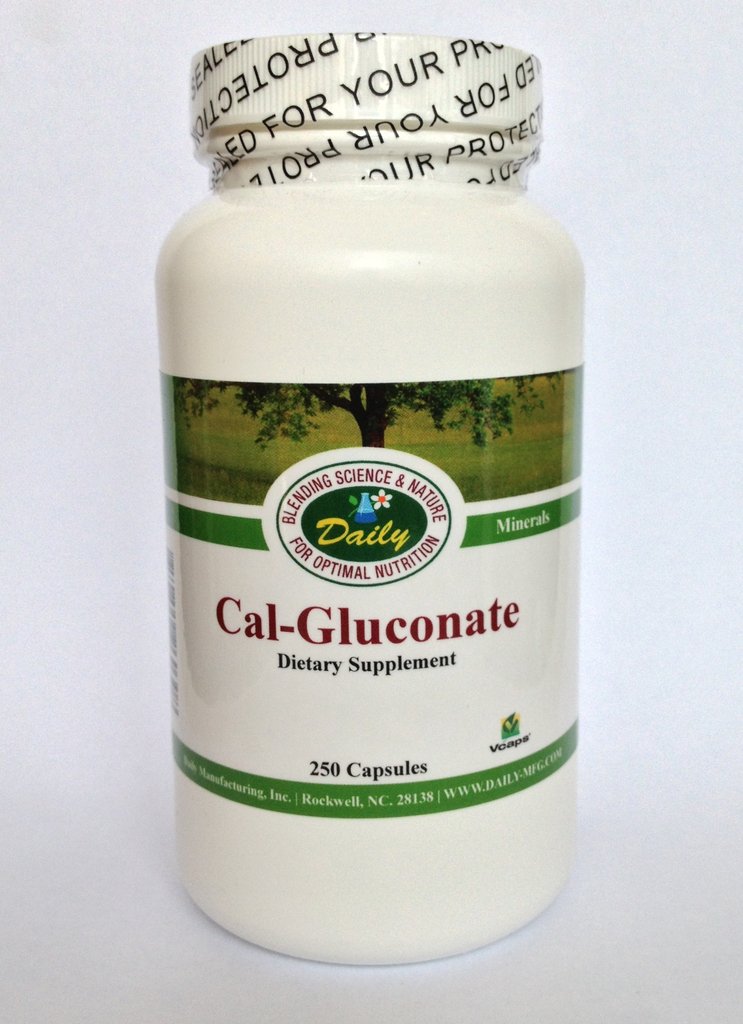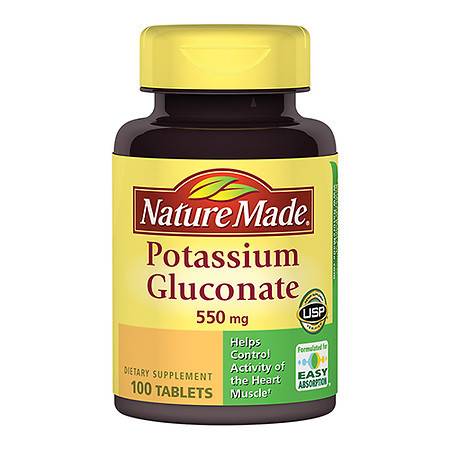Why liposomal vitamin C?
Vitamin C is a funny thing. It’s absolutely essential for mammalian life, and most animal life. However, humans and guinea pigs don’t manufacture vitamin C, while all other species that need it, make it. So, to make up for that we have to eat it, or we’ll die. And not just die, but die a slow and painful and disgusting death. Not pretty.
I can just take regular vitamin C pills, right?
You can, if you have the right pHs for it, but otherwise it’s harmful. Many people can’t absorb as much vitamin C as they need. Most of the vitamin C in the plant world and the supplemental world comes in acidic packaging. Not all of it, but almost. If your body is running acidic, vitamin C is being spent quickly by your metabolism, but also can’t be picked up in quantity by your digestive tract and bloodstream. There’s just not enough available calcium in the acidic body to keep the acid from doing a lot of damage. So what do we do?
I’ll take buffered C, which is not acidic!
Good idea. Works for some acidic people. However, as soon as the ascorbic salt (buffered C molecule) is dissociated (taken apart) by dissolving, the alkaline part of it is available to the body to help it buffer the acidic condition it’s dealing with, leaving the ascorbic acid to continue to add acid to the system. It’s a wash, as the system is still too acidic to actually use that C effectively. Unless the acidic condition is mild, buffered C is not going to be very efficient at fixing a real deficiency.
Not only that, but with both ascorbic acid and buffered C, its presence in the digestive tract can only reach a certain concentration before it causes the colon to retain too much water, leading to diarrhea. It basically becomes a saline laxative and ends up in the toilet. Vitamin C gurus call this “bowel intolerance” and advise you to find a dose you can tolerate for daily use. In that situation, though, you still only absorb 10-20% of the Vitamin C you take.
The food that gives some non-acidic C
Raw or stewed… onions! But don’t fry them. Then they get too hot and the C is damaged or destroyed. Boiling onions and using them as a base for a homemade soup is a great way to get C when you have acidic numbers. Most people can’t manage to do this everyday, however, and the quantity of vitamin C is not going to be as high as needed for replenishing a depleted body or fighting a bad cold, flu, or pneumonia.
Liposomal C hides vitamin C in a fat!
A liposome is a unique sort of bubble of an emulsifier, which contains a water-soluble substance on the inside, but on the outside has a lipid (fat-based) coat. This allows it to be admitted to your cells without a fight, and to keep its contents a “secret” on its journey to the cell. The beauty of this is that vitamin C can be delivered to the interior of cells and not cause diarrhea, acidity, or calcium loss along the way. I have seen people take as much as 14 grams of vitamin C per day this way, with no side effects, and I’ve read about people taking much higher doses successfully. Sounds great, and it is, but there’s a bit of a catch. The commercially available forms of this miracle C are quite expensive, the most popular at a dollar a gram, so it can add up fast if you are trying to maintain a “high” daily dose. Other versions are a little less pricey, but still out of my range for long-term, family-sized supplementation. These others also have flavorings that I don’t want to include in my daily diet.
The best news in Liposomal Vitamin C is…
You can make it in your blender! It only takes 5 minutes. Find out how!
Disclaimer: As with anything, proceed with caution, ask your doctor, and nothing on this page is to be construed as medical advice.
Health insights you won’t find anywhere else.
We cover new health topics as they unfold—with research that hasn’t hit the mainstream health press.
Subscribe to our free weekly updates and stay on top of your health.





Hi Nicole
just found your website while searching for info on how to make liposomal c . Do you still offer weekly email updates? I clicked GET UPDATES tab but nothing happened.
Regards
Bill
Colorado
I rarely post these days because I’m a busy mom, and because health is so “political” these days. So updates might just be waiting for me to give them input!